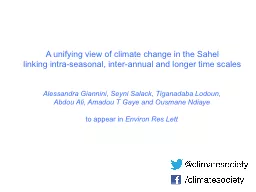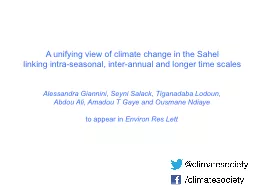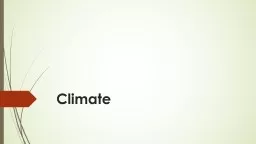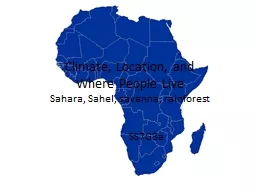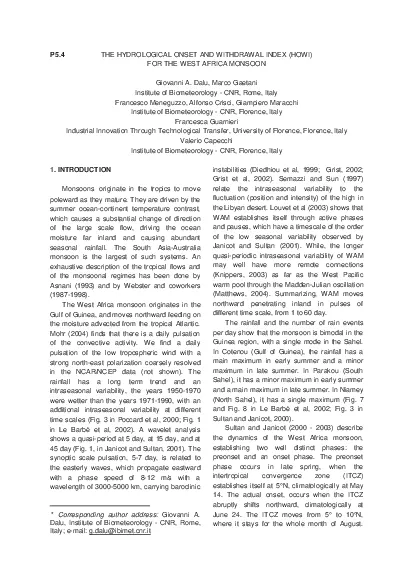PPT-A unifying view of climate change in the Sahel
Author : pasty-toler | Published Date : 2016-12-10
l inking intra seasonal interannual and longer time scales Alessandra Giannini Seyni Salack Tiganadaba Lodoun Abdou Ali Amadou T Gaye and Ousmane Ndiaye
Presentation Embed Code
Download Presentation
Download Presentation The PPT/PDF document "A unifying view of climate change in the..." is the property of its rightful owner. Permission is granted to download and print the materials on this website for personal, non-commercial use only, and to display it on your personal computer provided you do not modify the materials and that you retain all copyright notices contained in the materials. By downloading content from our website, you accept the terms of this agreement.
A unifying view of climate change in the Sahel: Transcript
Download Rules Of Document
"A unifying view of climate change in the Sahel"The content belongs to its owner. You may download and print it for personal use, without modification, and keep all copyright notices. By downloading, you agree to these terms.
Related Documents

